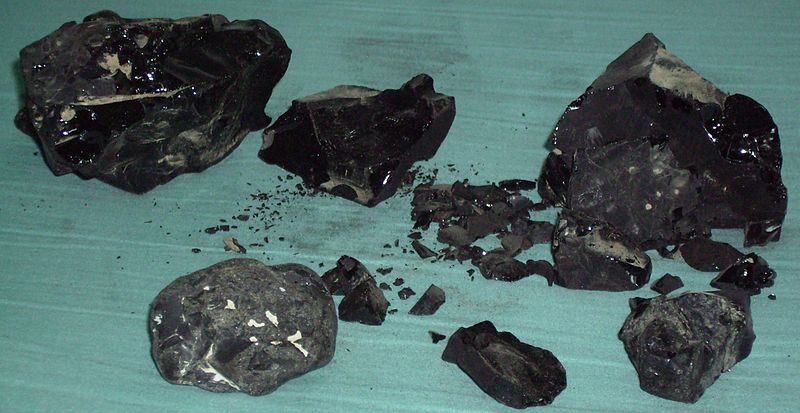September 2011, Vol. 238 No. 9
In The News
Corrosiveness Of Oil Sands Crude An Unproven Science

While recent oil spills has added to debate over the safety of shipping Canada’s oil sands crude through pipelines, there is little hard evidence that the oil is more corrosive than conventional crude, according to a report by Reuters which interviewed various scientists and regulators.
Environmental groups, led by the Natural Resources Defense Council (NRDC), contend that the oil from the Alberta tar sands, when blended with light hydrocarbons to allow it to flow, corrodes the insides of long-haul pipelines because of its high acidity and mineral content. It is a key argument in their battle against TransCanada’s Keystone XL pipeline to Texas from Alberta, now being reviewed by the U.S. State Department. Keystone XL would add more than 500,000 bpd of Canadian oil exports to the U.S.
Experts are hard-pressed to say if the crude mixture, known as dilbit, weakens interior walls of pipelines quicker than other oil does. There is no specific study linking oil sands crude and pipeline corrosion. Opponents rely mostly on industry documents, books, and reports in making conclusions rather than specific scientific studies of the pipelines, Reuters noted.
“I’m not aware of any significant differences in terms of corrosion or anything like that,” Reuters quoted Harvey Yarranton, an engineering professor and heavy oil specialist at the University of Calgary’s Shulich School of Engineering.
“For the heavy oils and bitumens, the biggest difference is they are much richer in the heavy components than the light components.” Light components are more volatile, so they vaporize more quickly, he said.
The National Energy Board has approved the Canadian portion of Keystone XL, and the prospect of oil sands crude being more corrosive as contended by green groups was not an issue, Adrian Luhowy, senior engineer at the NEB, told Reuters.
“I think that’s interesting, given that I am an engineer,” he said. “I can’t say definitely that they’re 100% wrong, I just have never seen any evidence to prove that.”
Luhowy said design codes for pipelines vary based on the materials they transport. That includes wall thickness and other variables including how long it would take to respond if there was a rupture. He said many of the impurities in the heavy crudes are removed before being transported in long-haul pipelines, making them more like conventional oil, even if they are not upgraded into synthetic light oil.





Comments